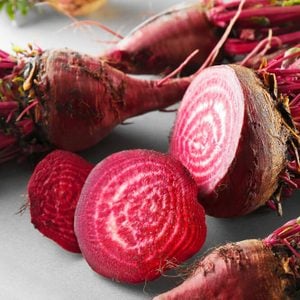
Beets
One of the most common veggies used as dye, beets produce a deep pink (almost red) hue. Blend 1/4 cup of cooked beets with 1/2 cup beet juice. Strain out any large pieces, then save the remaining liquid to use as food coloring for your next red velvet cake.
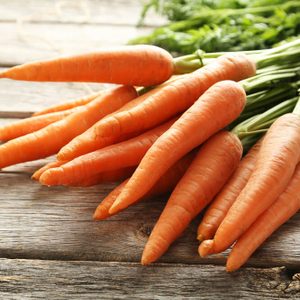
Carrots
“Orange” you glad you can use carrots instead of processed food coloring? Except your final result will be more yellow than orange, most likely. Put raw carrots through a juicer to create your dye (you may need to add some water to thin out the liquid). It’s perfect for one of these magical unicorn recipes.
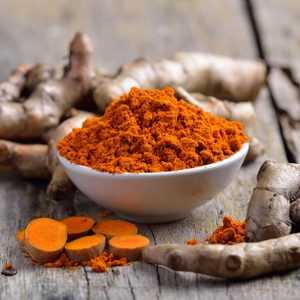
Turmeric
The super trendy Indian spice can also double as a vibrant yellow food dye. Simmer 1/2 cup of water with about a teaspoon of turmeric (a little goes a long way!), then let it cool. You can use it to tint these lemon star cookies or any other bright treat.
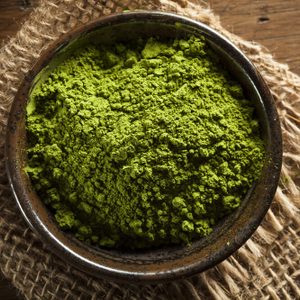
Matcha
This green tea powder isn’t just for smoothies…it’s also a great way to naturally give your baking a gorgeous green color. And matcha is simple: Just blend the powder directly in with your ingredients while you’re mixing. It’s perfect for holiday baking (think festive St. Patrick’s Day treats or Christmas cookies).
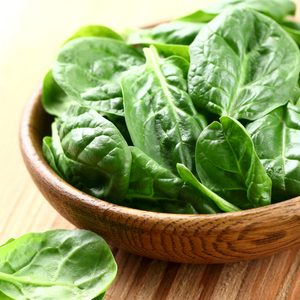
Spinach
Another alternative to green food coloring. Place two handfuls of fresh spinach into a pan, then fill with water just to cover the leaves. Bring to a boil, then simmer for about 15 minutes (until the water reduces by half) before letting cool and blending into a liquid. Green eggs and ham, anyone?
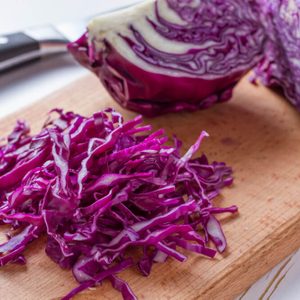
Red Cabbage
It’s not surprising that this colorful cabbage makes a great food dye. To make it blue, simmer cabbage for about 20 minutes, strain the water and add 1/4 teaspoon of baking soda. Store in the refrigerator for up to six weeks and mix it in to doughs, icings and more.

Raspberries
These are great for giving cakes a pretty pink color without the added taste. Begin with freeze-dried raspberries and pulse them in a food processor until they’re ground to a fine powder. Remove any big chunks or seeds, then mix into the dry ingredients of your cake and bake according to the directions.
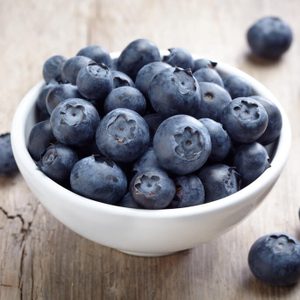
Blueberries
These tiny berries pack a big punch. Despite having “blue” in the name, blueberries give off a much more purple shade. Blend fresh or frozen berries with a little bit of water to form your coloring. Then add it to frostings (like this classic buttercream), cakes or cookies for a very violet tint.
